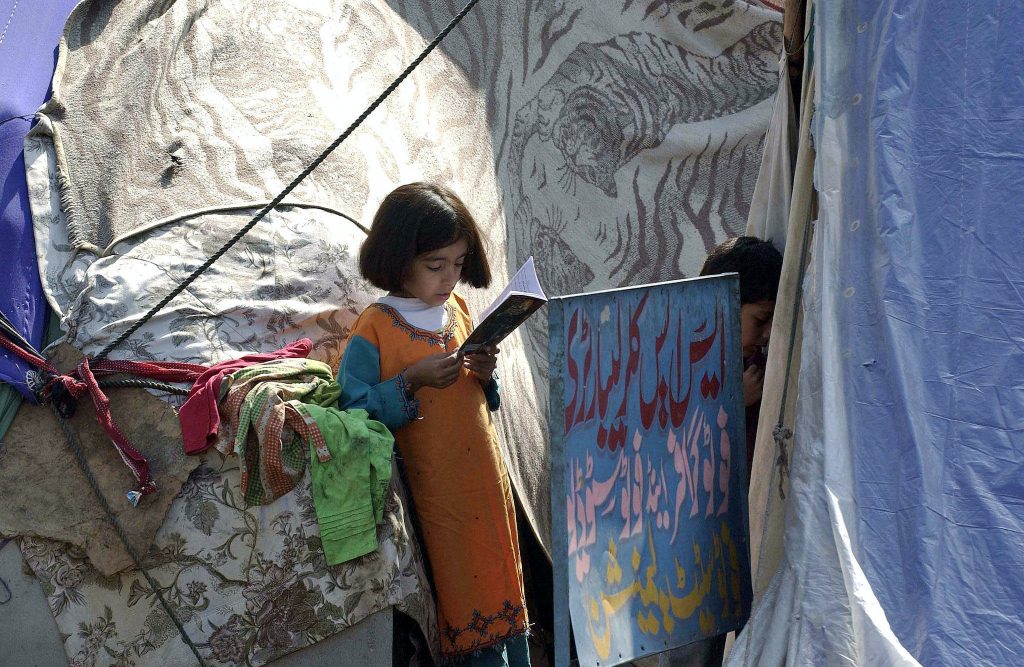
When girls are safe, healthy, and empowered, they are forces for positive change in the world. They help grow economies, strengthen communities, and improve the health and well-being of families. Even more, respecting their rights – and the rights of all people – is our moral obligation.
Yet, in times of emergency – when conflict and disaster strike – the needs and rights of girls are often neglected. Today, millions of girls have been uprooted from their homes, removed from school, and at risk of violence and forced marriage. Globally, 26 million women and adolescent girls need humanitarian assistance.
Here are five reasons to care about girls living in conflict or disaster, and how you can help:
1.Girls in crisis areas are more likely to be out of school.
Girls are almost two and a half more likely to be out of school if they live in conflict-affected countries. When girls aren’t in school, they are more vulnerable to trafficking, child labor, and early marriage.
2.The unique health needs of girls and women in conflicts and disasters are often overlooked. Every day, in countries considered fragile because of conflict or disaster, about 507 women and girls die from complications related to pregnancy or childbirth. This is three-fifths of all maternal deaths worldwide.
3. Girls in emergencies face gender-based violence. Globally, one in three girls and women will experience physical or sexual violence. According to UNICEF, “Conflict and disasters magnify this life-threatening human rights violation, making [gender-based violence] in emergencies one of the greatest challenges faced by emergency-affected communities around the world.”
4.Change is possible. From creating safe spaces to improving data collection and disaggregation to investing in education, there are solutions to support girls in emergencies.
United Nations agencies and partners are supporting the needs of girls in emergencies, including expanding access to education and health care, and creating safe spaces for girls. For example, UNICEF works to EmPOWER girls before, during, and after emergencies, including supporting girls’ education and addressing gender-based violence. UNFPA advances solutions, like dignity kits, that address the specific health needs of girls.
5. You can make a difference. Thanks in part to a broad movement of people and organizations working to put the rights of girls on the global agenda, the Sustainable Development Goals include goals that address gender equality, girls’ and women’s health, education for all, and other targets that will make a difference in girls’ lives. Now we need to turn the goals into reality. Help raise awareness about the unique problems facing girls, especially in emergencies, and ask leaders to invest in girls. You can also help by joining or donating to the UN Foundation’s Girl Up campaign.
[Photo: Girl Up]

